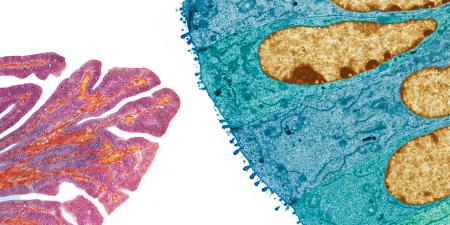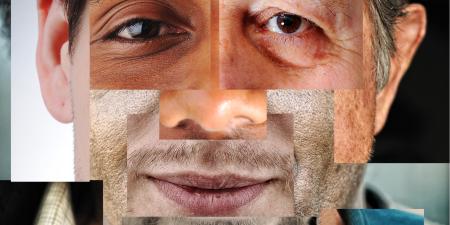Over the last century, organ transplantation, which began as a lofty and far-fetched idea, has been transformed into a real and practicable triumph of modern medicine. The idea behind organ transplantation is simple: replace a failing organ with one that is functional. Despite this simple premise, organ transplants are scientifically complex. From innumerable botched or failed attempts we have reaped unprecedented knowledge and achieved tremendous successes. Two Nobel prizes and much of modern day immunology have been based on knowledge discovered in the effort to make organ transplantation feasible. Now transplant medicine has blossomed to the point where more than 95 percent of patients with kidney transplants survive beyond 1 year, and the majority of the tissue grafts last for the recipient's entire lifetime. Incredibly, 74 lives are saved each day as a result of this medical innovation. Yet, as these scientific innovations have enabled us to perform more complicated procedures, the ethical issues they engender have become more complicated. In this issue of the Virtual Mentor, we analyze the ethical dilemmas that surround transplantation.
Currently, the most significant challenge in organ transplantation is small supply and large demand. Seventeen people whose lives could be saved by an organ transplant die every day while waiting.1 Interestingly, most Americans, when polled, claim that they would like to donate their organs, but in practice, less than 50 percent actually do, and when faced with the decision on behalf of family members many decline to allow donation. This discrepancy is addressed in the medicine and society section of this issue and in 1 of our clinical cases. The case examines the situation in which the mother of a brain-dead patient does not want his organs to be recovered, even though his driver's license registered his desire to be a donor. Some countries have policies under which all people are presumed to be donors unless they document otherwise. In the US, by contrast, people are presumed not to be donors unless they document their intentions to donate. Two articles—medicine and society and policy forum—examine the US policy of expressed consent versus the international policy of presumed consent.
Because demand for organs outstrips the supply, organ distribution has become a contentious issue in medical ethics. Through a provocative clinical case, we examine how strict guidelines can impact a patient's status on the transplant list. The op-ed section questions whether the behavior of alcoholics with liver failure should affect their status on the organ transplant list. A second policy forum author suggests that the gap between supply and demand in organs for transplant need not exist, and offers the work of organ donation breakthrough initiatives as evidence.
Looking toward the future of transplantation as science and technology advance, one author discusses the fact that surgeons now possess the ability to transplant a face from one human being to another, raising numerous difficult questions—medical and ethical. Pushing the boundaries of science is also discussed in an op-ed piece regarding xenotransplantation: the practice of transplanting organs from animals into humans.
Organ transplantation was a dream of the past and is now an important part of modern day medicine. My hope is that this issue of Virtual Mentor will bring to light many of the ethical issues surrounding organ transplantation as we continue to make deliberate and responsible scientific progress in this field.
Dedicated to my parents, Janaki and Venkataramayya.
References
-
Organ Procurement and Transplantation Network. Available at: www.OPTN.org. Accessed August 30, 2005.



